 Courtesy of Oliver Chu family
Courtesy of Oliver Chu familyBoy with Rare Genetic Disorder Amazes Doctors After World-First Gene Therapy
 Courtesy of Oliver Chu family
Courtesy of Oliver Chu familyRecyclers Switch from Smelting to Solvents, Recovering Precious Metals from E-waste with Fewer Emissions

Birth of UK's Only Bonobo Baby Gives Fresh Hope for World's Most Endangered Ape
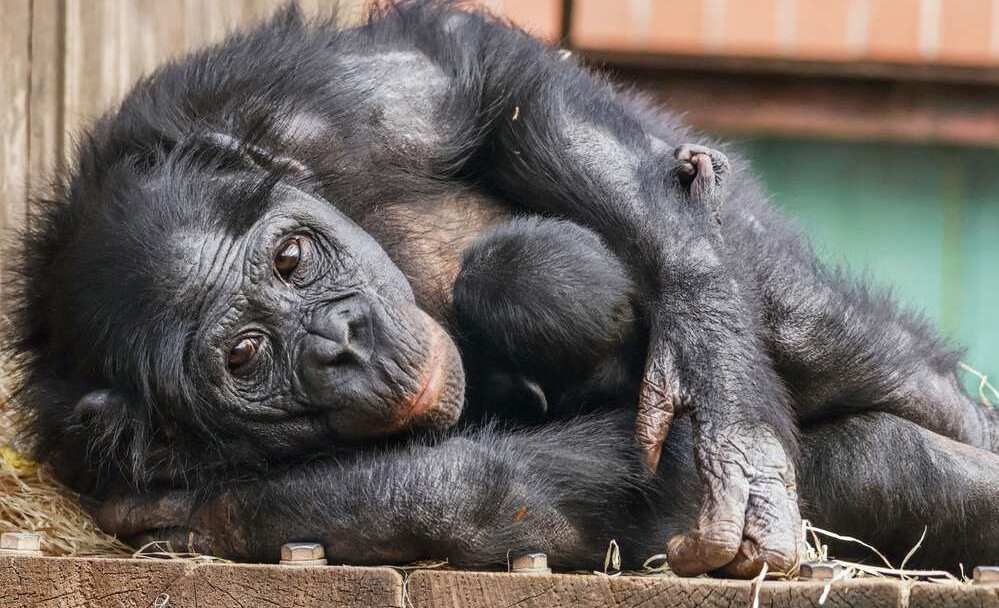
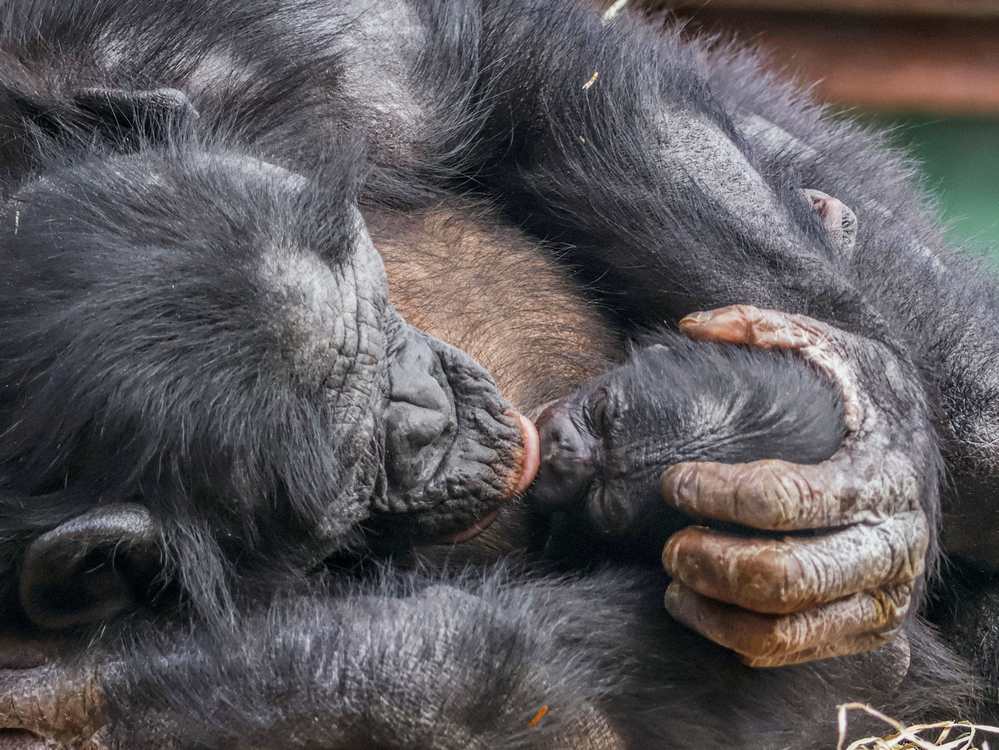 credit – Adam Kay, Twycross Zoo / SWNS
credit – Adam Kay, Twycross Zoo / SWNSPoor sleep may make your brain age faster – new study
Abigail Dove, Karolinska Institutet
We spend nearly a third of our lives asleep, yet sleep is anything but wasted time. Far from being passive downtime, it is an active and essential process that helps restore the body and protect the brain. When sleep is disrupted, the brain feels the consequences – sometimes in subtle ways that accumulate over years.
In a new study, my colleagues and I examined sleep behaviour and detailed brain MRI scan data in more than 27,000 UK adults between the ages of 40 and 70. We found that people with poor sleep had brains that appeared significantly older than expected based on their actual age.
What does it mean for the brain to “look older”? While we all grow chronologically older at the same pace, some people’s biological clocks can tick faster or slower than others. New advances in brain imaging and artificial intelligence allow researchers to estimate a person’s brain age based on patterns in brain MRI scans, such as loss of brain tissue, thinning of the cortex and damage to blood vessels.
In our study, brain age was estimated using over 1,000 different imaging markers from MRI scans. We first trained a machine learning model on the scans of the healthiest participants – people with no major diseases, whose brains should closely match their chronological age. Once the model “learned” what normal ageing looks like, we applied it to the full study population.
Having a brain age higher than your actual age can be a signal of departure from healthy ageing. Previous research has linked an older-appearing brain to faster cognitive decline, greater dementia risk and even higher risk of early death.
Sleep is complex, and no single measure can tell the whole story of a person’s sleep health. Our study, therefore, focused on five aspects of sleep self-reported by the study participants: their chronotype (“morning” or “evening” person), how many hours they typically sleep (seven to eight hours is considered optimal), whether they experience insomnia, whether they snore and whether they feel excessively sleepy during the day.
These characteristics can interact in synergistic ways. For example, someone with frequent insomnia may also feel more daytime sleepiness, and having a late chronotype may lead to shorter sleep duration. By integrating all five characteristics into a “healthy sleep score”, we captured a fuller picture of overall sleep health.
People with four or five healthy traits had a “healthy” sleep profile, while those with two to three had an “intermediate” profile, and those with zero or one had a “poor” profile.
When we compared brain age across different sleep profiles, the differences were clear. The gap between brain age and chronological age widened by about six months for every one point decrease in healthy sleep score. On average, people with a poor sleep profile had brains that appeared nearly one year older than expected based on their chronological age, while those with a healthy sleep profile showed no such gap.
We also considered the five sleep characteristics individually: late chronotype and abnormal sleep duration stood out as the biggest contributors to faster brain ageing.
A year may not sound like much, but in terms of brain health, it matters. Even small accelerations in brain ageing can compound over time, potentially increasing the risk of cognitive impairment, dementia and other neurological conditions.
The good news is that sleep habits are modifiable. While not all sleep problems are easily fixed, simple strategies: keeping a regular sleep schedule; limiting caffeine, alcohol and screen use before bedtime; and creating a dark and quiet sleep environment can improve sleep health and may protect brain health.
One explanation may be inflammation. Increasing evidence suggests that sleep disturbances raise the level of inflammation in the body. In turn, inflammation can harm the brain in several ways: damaging blood vessels, triggering the buildup of toxic proteins and speeding up brain cell death.
We were able to investigate the role of inflammation thanks to blood samples collected from participants at the beginning of the study. These samples contain a wealth of information about different inflammatory biomarkers circulating in the body. When we factored this into our analysis, we found that inflammation levels accounted for about 10% of the connection between sleep and brain ageing.
Other processes may also play a role
Another explanation centres on the glymphatic system – the brain’s built-in waste clearance network, which is mainly active during sleep. When sleep is disrupted or insufficient, this system may not function properly, allowing harmful substances to build up in the brain.
Yet another possibility is that poor sleep increases the risk of other health conditions that are themselves damaging for brain health, including type 2 diabetes, obesity and cardiovascular disease.
Our study is one of the largest and most comprehensive of its kind, benefiting from a very large study population, a multidimensional measure of sleep health, and a detailed estimation of brain age through thousands of brain MRI features. Though previous research connected poor sleep to cognitive decline and dementia, our study further demonstrated that poor sleep is tied to a measurably older-looking brain, and inflammation might explain this link.
Brain ageing cannot be avoided, but our behaviour and lifestyle choices can shape how it unfolds. The implications of our research are clear: to keep the brain healthier for longer, it is important to make sleep a priority.![]()
Abigail Dove, Postdoctoral Researcher, Neuroepidemiology, Karolinska Institutet
This article is republished from The Conversation under a Creative Commons license. Read the original article.
The Subtle Power of Unhearable Sound: Mood and Cognition-Altering Agents

First Light Fusion presents novel approach to fusion
_89230.jpg) (Image: First Light Fusion)
(Image: First Light Fusion)Scientists Develop Biodegradable Smart Textile–A Big Leap Forward for Eco-Friendly Wearable Technology
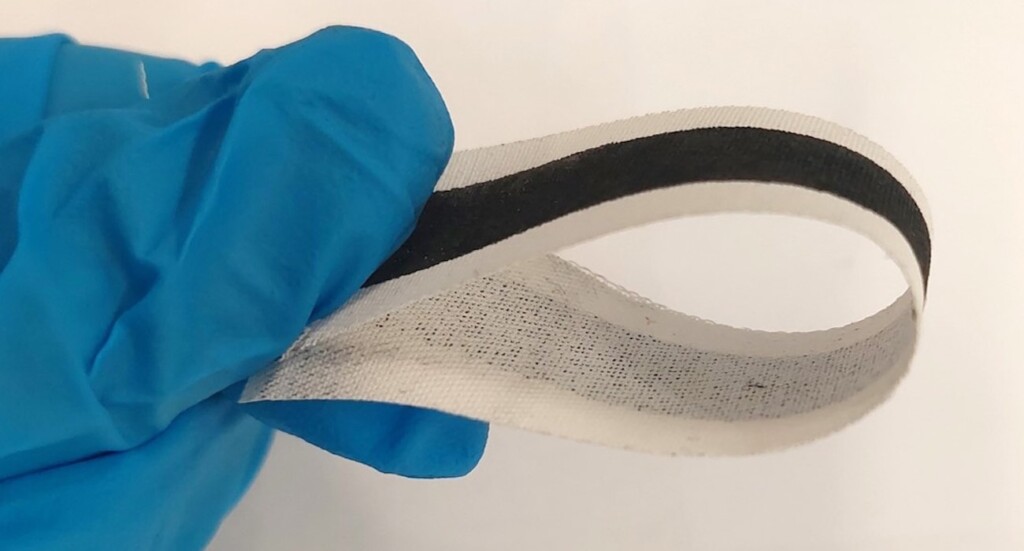 Flexible inkjet printed E-textile – Credit: Marzia Dulal
Flexible inkjet printed E-textile – Credit: Marzia Dulal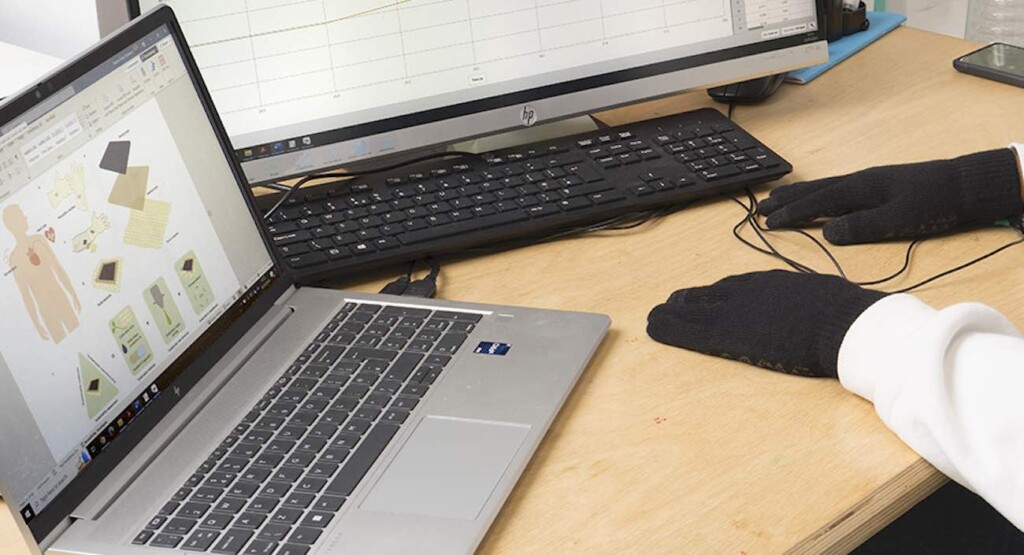 Gloves with e-textile sensors monitoring heart rate – Credit: Marzia Dulal
Gloves with e-textile sensors monitoring heart rate – Credit: Marzia Dulal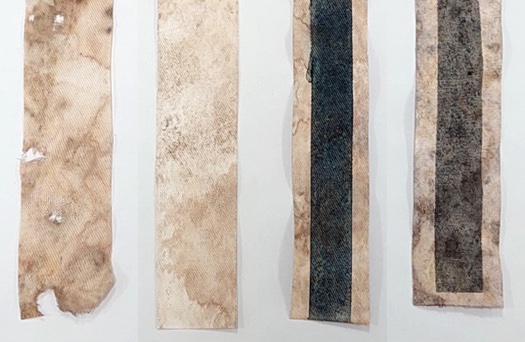 Four strips in a variety of decomposed states, during four months of decomposition – Credit: Marzia Dulal
Four strips in a variety of decomposed states, during four months of decomposition – Credit: Marzia DulalConservationist Hail Recovery of 150 Struggling Species Thanks to Projects by Natural England
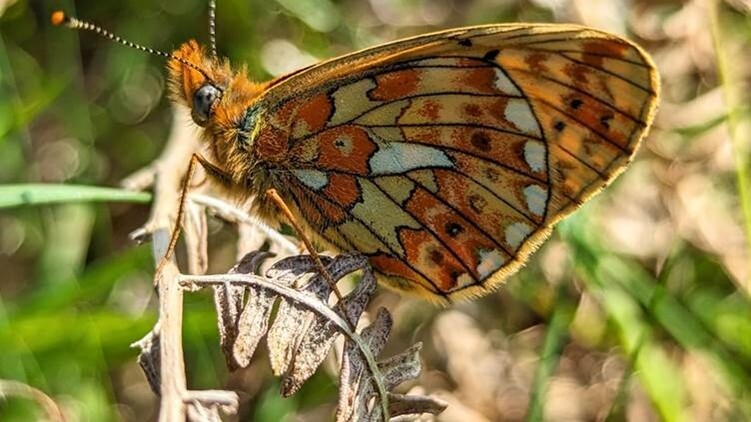 A pearl-bordered fritillary – credit, Devon Wildlife Trust
A pearl-bordered fritillary – credit, Devon Wildlife Trust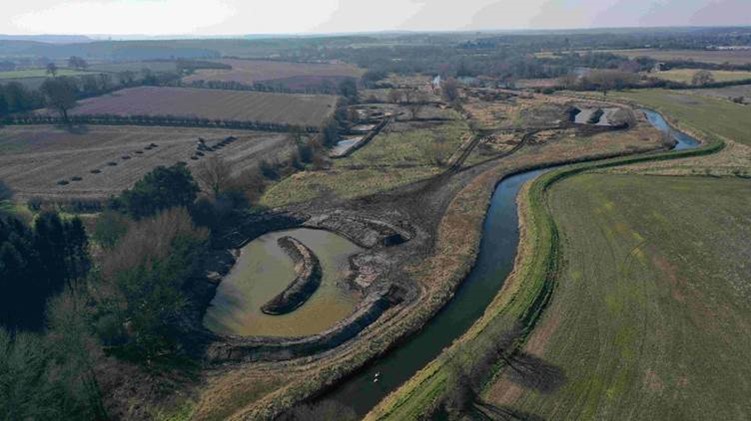 Wetland habitat creation to benefit water vole – credit, Nottinghamshire Wildlife Trust
Wetland habitat creation to benefit water vole – credit, Nottinghamshire Wildlife Trust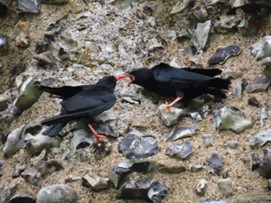
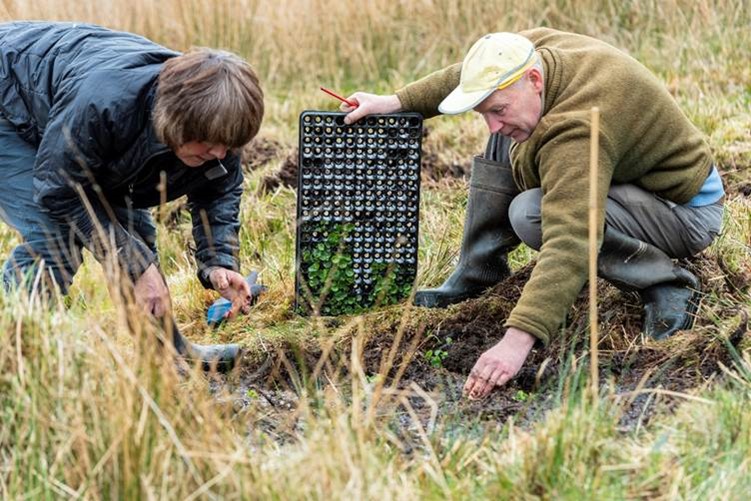 Volunteers planting marsh violet – credit, Neil Harris, National Trust images
Volunteers planting marsh violet – credit, Neil Harris, National Trust imagesUK’s Rarest Breeding Birds Raise Chicks for First Time in Six Years
 A male Montagu’s harrier in a wheat field – credit, Sumeetmoghe CC 4.0. BY-SA
A male Montagu’s harrier in a wheat field – credit, Sumeetmoghe CC 4.0. BY-SAScientists Develop Biodegradable Smart Textile–A Big Leap Forward for Eco-Friendly Wearable Technology
 Flexible inkjet printed E-textile – Credit: Marzia Dulal
Flexible inkjet printed E-textile – Credit: Marzia Dulal Gloves with e-textile sensors monitoring heart rate – Credit: Marzia Dulal
Gloves with e-textile sensors monitoring heart rate – Credit: Marzia Dulal Four strips in a variety of decomposed states, during four months of decomposition – Credit: Marzia Dulal
Four strips in a variety of decomposed states, during four months of decomposition – Credit: Marzia DulalUK Zoo Helps Hatch Three of World's Rarest Birds–Blue-Eyed Doves–with Only 11 Left in Wild
 Columbina cyanopis, or the blue-eyed dove, in the Rolinha do Planalto Natural Reserve – credit, Hector Bottai CC BY-SA 4.0.
Columbina cyanopis, or the blue-eyed dove, in the Rolinha do Planalto Natural Reserve – credit, Hector Bottai CC BY-SA 4.0.World's First Diamond Battery Could Power Spacecraft and Pacemakers for Thousands of Years
 GNN-created image
GNN-created imageGiving blood could be good for your health – new research
Blood donation is widely recognised as a life-saving act, replenishing hospital supplies and aiding patients. But could donating blood also benefit the donor?
Frequent blood donors may experience subtle genetic changes that could lower their risk of developing blood cancers, according to new research from the Francis Crick Institute in London. Alongside this, a growing body of evidence highlights a range of health benefits associated with regular donation.
As we age, our blood-forming stem cells naturally accumulate mutations, a process known as clonal haematopoiesis. Some of these mutations increase the risk of diseases such as leukaemia. However, the new Francis Crick Institute study has identified an intriguing difference in frequent blood donors.
The study compared two groups of healthy male donors in their 60s. One group had donated blood three times a year for 40 years, while the other had given blood only about five times in total. Both groups had a similar number of genetic mutations, but their nature differed. Nearly 50% of frequent donors carried a particular class of mutation not typically linked to cancer, compared with 30% of the infrequent donors.
It is thought that regular blood donation encourages the body to produce fresh blood cells, altering the genetic landscape of stem cells in a potentially beneficial way.
In laboratory experiments, these mutations behaved differently from those commonly associated with leukaemia, and when injected into mice, stem cells from frequent donors were more efficient at producing red blood cells. While these findings are promising, further research is needed to determine whether donating blood actively reduces cancer risk.
Each time a person donates blood, the body quickly begins the process of replacing lost blood cells, triggering the bone marrow to generate fresh ones. This natural renewal process may contribute to healthier, more resilient blood cells over time.
Some evidence even suggests that blood donation could improve insulin sensitivity, potentially playing a role in reducing the risk of type 2 diabetes, though research is still underway.
For years, scientists have speculated about a possible link between blood donation and cardiovascular health. One of the key factors in heart disease is blood viscosity — how thick or thin the blood is. When blood is too thick, it flows less efficiently, increasing the risk of clotting, high blood pressure and stroke. Regular blood donation helps to reduce blood viscosity, making it easier for the heart to pump and lowering the risk of cardiovascular complications.
There is also growing evidence that blood donation may help regulate iron levels in the body, another factor linked to heart disease. While iron is essential for oxygen transport in the blood, excessive iron accumulation has been associated with oxidative stress and inflammation, both of which contribute to heart disease. By shedding iron through donation, donors may be reducing their risk of these iron-related complications.
Some studies have even suggested a potential link between blood donation and lower blood pressure, particularly in people with hypertension. Though not a substitute for medication or lifestyle changes, donating blood may be another way to assist overall cardiovascular health.
Donors may not realise it, but every time they give blood, they receive a mini health screening. Before donation, blood pressure, haemoglobin levels and pulse are checked, and in some cases, screenings for infectious diseases are performed. While not a replacement for regular check-ups, it can serve as an early warning system for potential health issues.
Correlation or causation?
Of course, an important question remains: do these health benefits arise because of blood donation itself, or are they simply a reflection of the “healthy donor effect”? Blood donors must meet strict eligibility criteria. People with chronic illnesses, certain infections or a history of cancer are usually not allowed to donate. This means that those who donate regularly may already be healthier than the general population.
Regardless of whether blood donation confers direct health benefits, its life-saving effect on others is undeniable. In the UK, NHS Blood and Transplant has warned that blood stocks are critically low, urging more people to donate.
If future research confirms that donating blood has measurable advantages for donors as well, it could serve as an even greater incentive for participation. For now, the best reason to donate remains the simplest one: it saves lives.![]()
Michelle Spear, Professor of Anatomy, University of Bristol
This article is republished from The Conversation under a Creative Commons license. Read the original article.
Reducing plastic pollution by 5pc yearly may stabilise ocean microplastics: Study
Chester Zoo Celebrates as 11 Adorable Endangered Penguin Chicks Hatch–the Most for a Decade
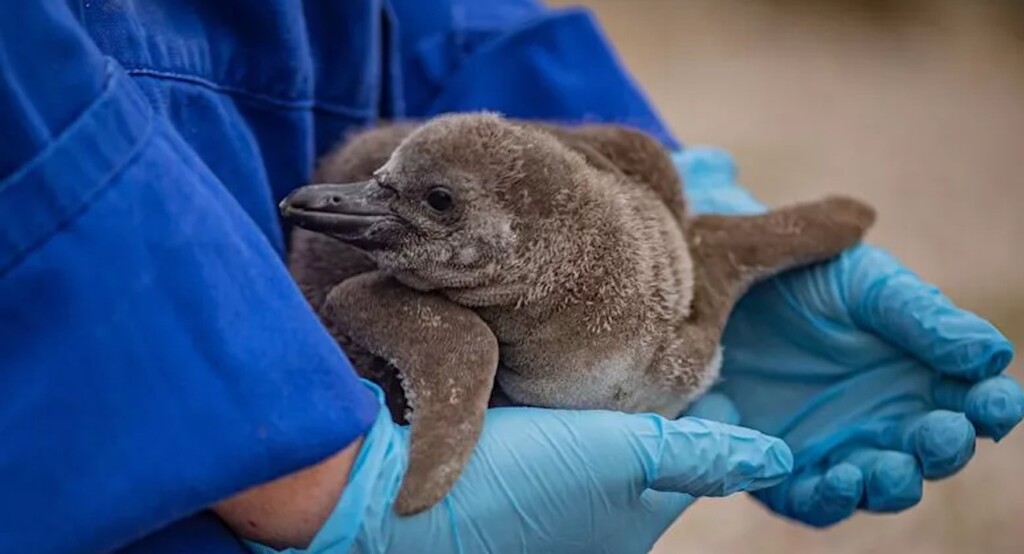
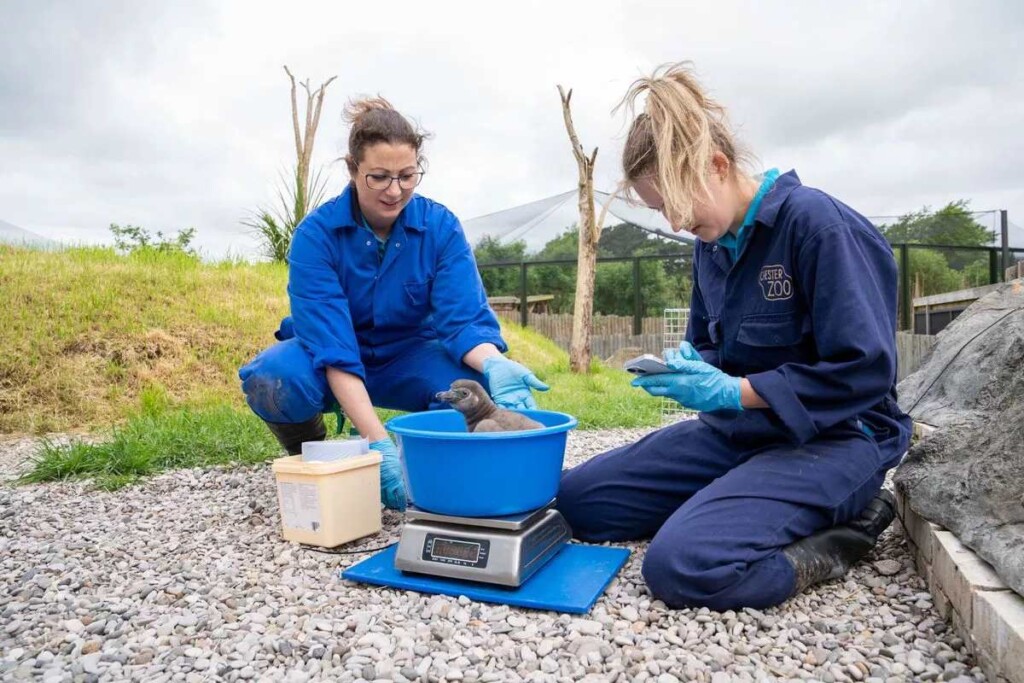
UK’s fastest supercomputer switched on

Wayve secures $1bn in funding for AI-powered autonomous vehicles

UK and New Zealand partner for subsea cable earthquake



